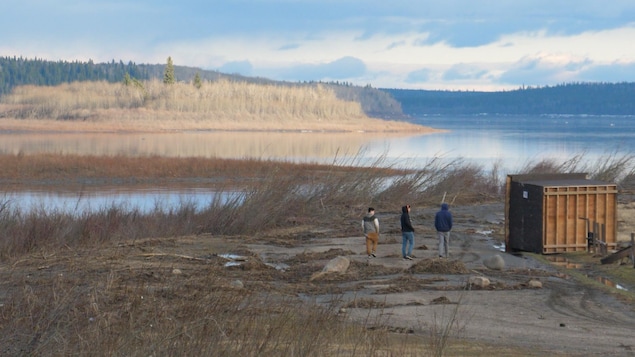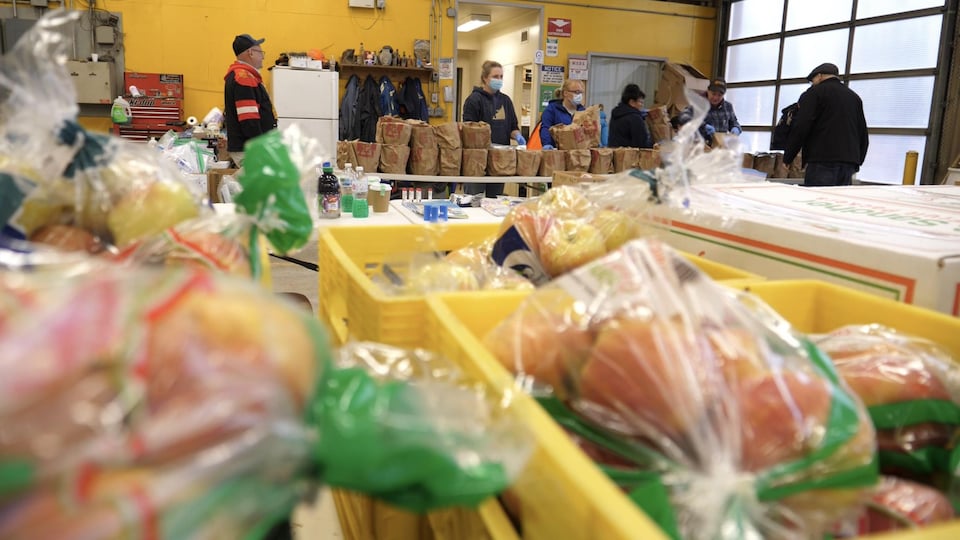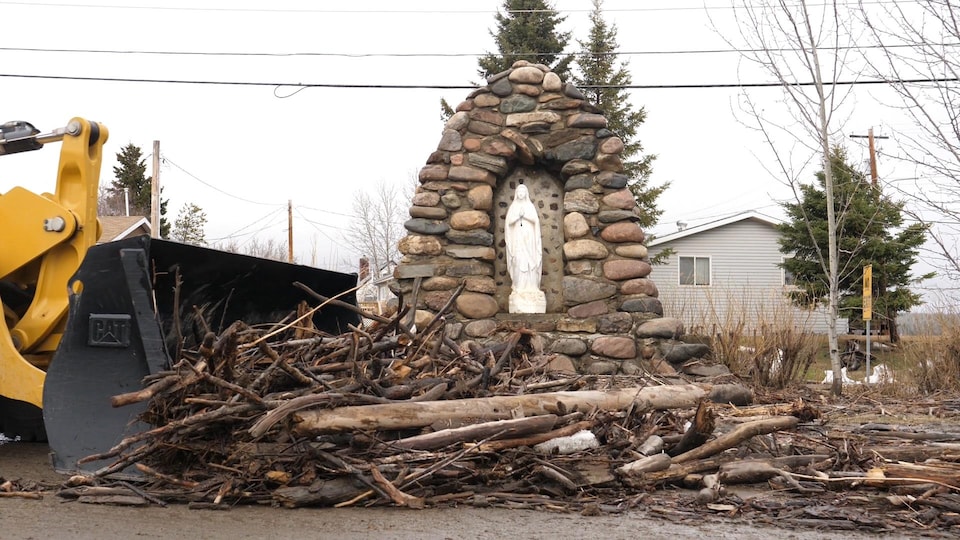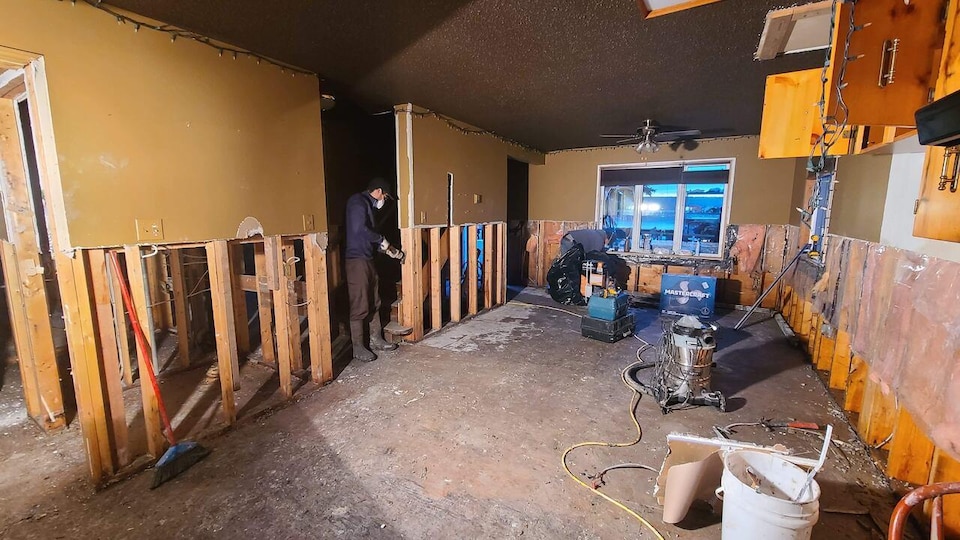The evacuations wreaked havoc on the small community of Liidlii Kue First Nation, located at the confluence of the Mackenzie and Liard Rivers. Nearly 700 people had to leave their homes in just over a week.
More than thirty buildings were severely damaged.
Derek Erasmus home was not spared. When the river returned to its bottom on Sunday, it left a layer of mud on the first floor that it destroyed before leaving.
About a meter above the ground, on the walls, is a dividing line where the flood has stopped. Above, everything is intact: furniture, shelves, souvenirs, photos, everyday items. Below, mud covers everything: the floor, furniture, toys, and many other possessions that Derek and his family will have to replace.
At least everything here is replaceable, he says. So we try to stay positive.
He prefers to think of those who have already offered to help him clean up, or all of those who have welcomed the evacuees into their homes in recent days as well as the influx of donations that have swept through the area from everywhere in the region.
Many donations
After the floods, the villages of Fort Simpson and Jean Marie River received so many cash and essentials donations that they had to ask people several times to wait before sending more so they could organize this, which was already received.
On Sunday, the Radio Canada team arrived in Fort Simpson with $ 6,000 worth of fried chicken, soft drinks and potato chips requested by generous anonymous donors from Yellowknife to the community. Big smiles at the donation center that night.
In Fort Simpson, Jenny Quintal, who usually works in the village, took on the role of coordinating the delivery of the many donations received with the needs of the evacuees. His name appears a lot when we talk about the volunteers and village workers who made a difference.
The only thing she really did was to be there for the people, she said, refusing all credit. You were simply the one who listened to their needs and shared them in the hope that someone would donate or take responsibility.
According to Jenny Quintal, it was the village workers who closely watched the floods and evacuations that deserved all the praise.
As president of the Fort Simpson Historical Society and a woman very involved in society, Martina Norwegian is versed in volunteer work and is often called upon to organize events. This time, however, she did not have to participate in the disaster response.
She says it was good to see young people take responsibility, to see them go out and do a lot of things. I don’t know how many times people have approached me and asked if I needed something and if I was okay.
My heart is filled with pride for these young people who have taken on the responsibilities of the elderly that they naturally take on.
Reconstruction
With friends and family, Derek Erasmus wasted no time getting started on the big cleanup.
By Thursday, after cleaning and emptying the first floor of his home and tearing off all the water-contaminated parts, including wood panels, drywall and cabinets, the main part of his home was already ready for reconstruction.
We encouraged removing mud from the ground with a squeegee. We changed our view to see a clean floor.

“Alcohol scholar. Twitter lover. Zombieaholic. Hipster-friendly coffee fanatic.”





